Curtailing a disease making life worse across the American South
An estimated 40% of the region’s people, especially the most vulnerable, suffered from hookworm disease which made people prone to other illnesses and extreme fatigue.
Read More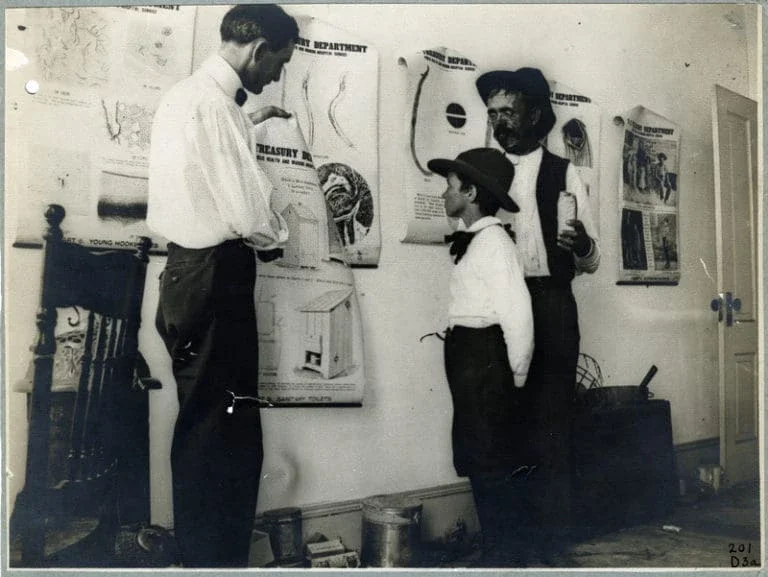
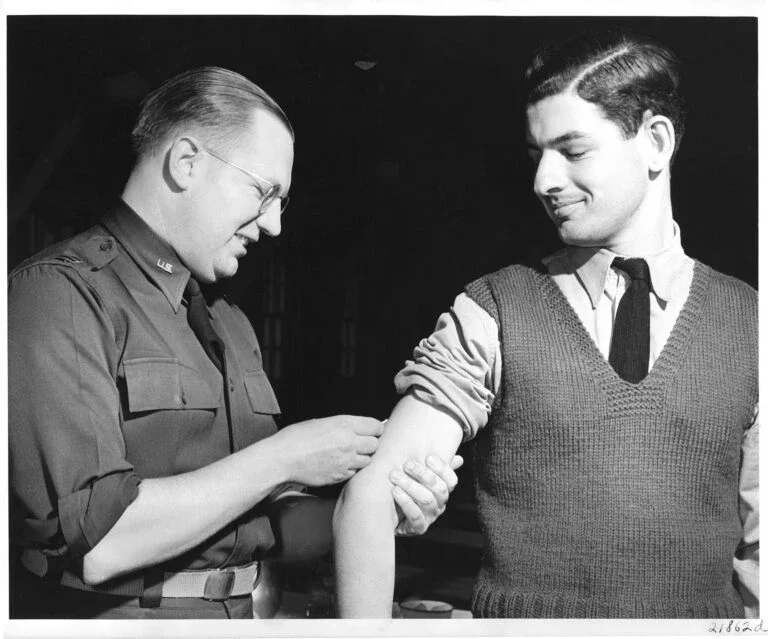
Protecting American soldiers and half a billion others from disease
Yellow fever was a death sentence until the Foundation’s scientists discovered the vaccine 17D after years of setbacks. The breakthrough allowed the Foundation to offer to vaccinate — free of charge — the millions of American servicemembers who were deploying to fight in World War II. In the decades since, hundreds of millions of people across world have received 17D, one of the safest, most impactful inoculations in history.
Read MorePowering the scientists and science that fueled the Manhattan Project and much more
This work helped set the stage for the Manhattan project, which produced the world’s first atomic bomb, as well as decades of advances in nuclear medicine and more.
Read More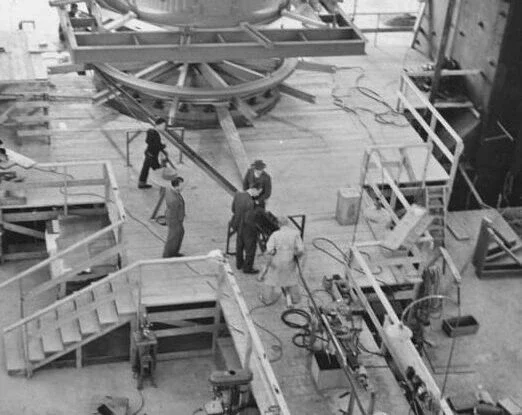
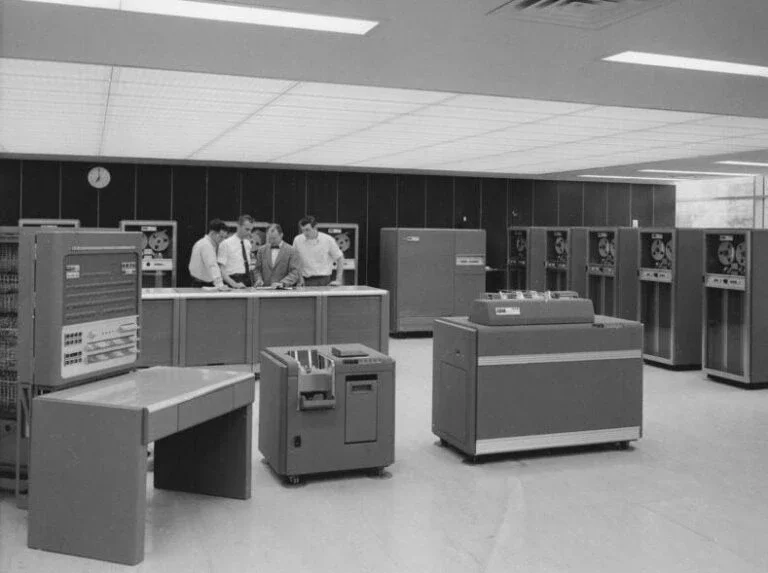
Accelerating revolutions in computer science and artificial intelligence
In 1956, the foundation supported a gathering that brought together a who’s who of scientists, engineers, and mathematicians where the term “artificial intelligence” was coined. In the years before and after that convening, the Foundation has supported the work and often the machines themselves that allowed computing to change how people, live, work, communicate and more.
Read MoreRevolutionizing agriculture and responding to hunger Asia
In the 1960s, The Foundation’s scientist Norman Borlaug and agriculture program helped further what became known as the Green Revolution in South Asia. Leveraging new seed varietals, new partners, and new techniques, farmers in India, Pakistan, and elsewhere were able to vastly increase crop yields. These advances helped save hundreds of millions of people in South Asia and Latin America from starvation.
Read More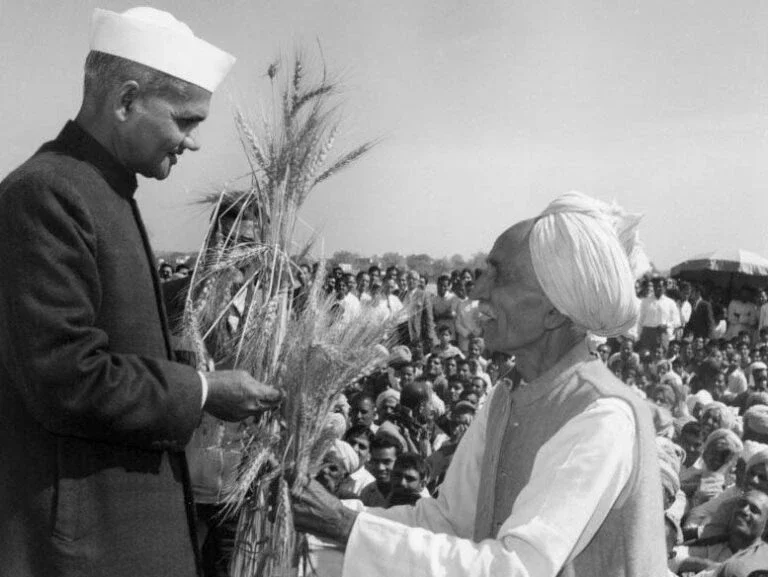
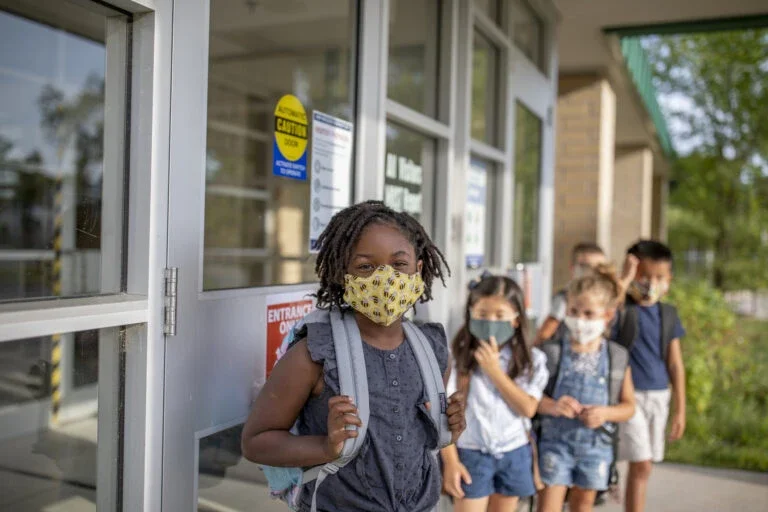
Getting Americans—particularly students—out of Covid-19 lockdowns
In April 2020, Americans, including K-12 school children, were locked down as Covid-19 surged. To help meet the moment, The Foundation worked with a wide range of public and private partners to try to unlock testing capacity and reopen schools, convening experts from, launched new reports and protocols, and leveraged financial resources to guarantee test purposes. The big bet, supported by individuals and institutions around the country, helped vastly increase the number of tests produced and helped get all American school kids back in the classroom.
Read MoreHelping Americans improve their diets and their health
Many Americans, particularly with lower incomes, do not have to affordable nutritious food that is crucial for good health, and the results are staggering rates of chronic health conditions like diabetes and a staggering $1.1 trillion per year in healthcare costs related diet. Through Food is Medicine programs, the Foundation and its partners are making a big bet to help provide high-need patients, including American veterans, with produce prescriptions, medically tailored meals, and healthy grocery programs that have been shown to improve health outcomes for those with hypertension, diabetes, and cardiovascular disease.
Read More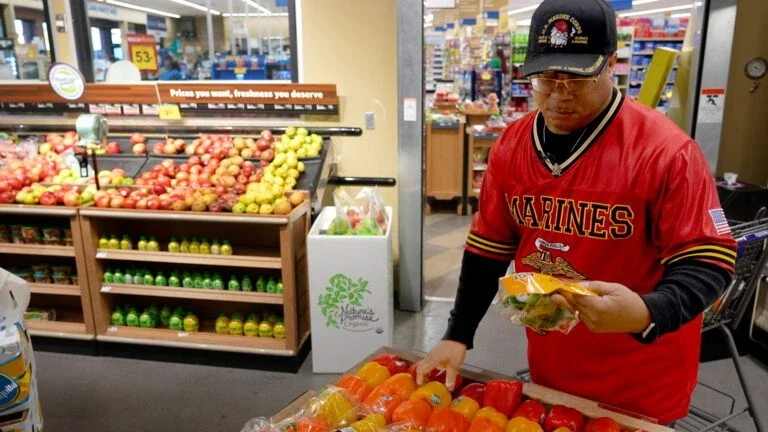
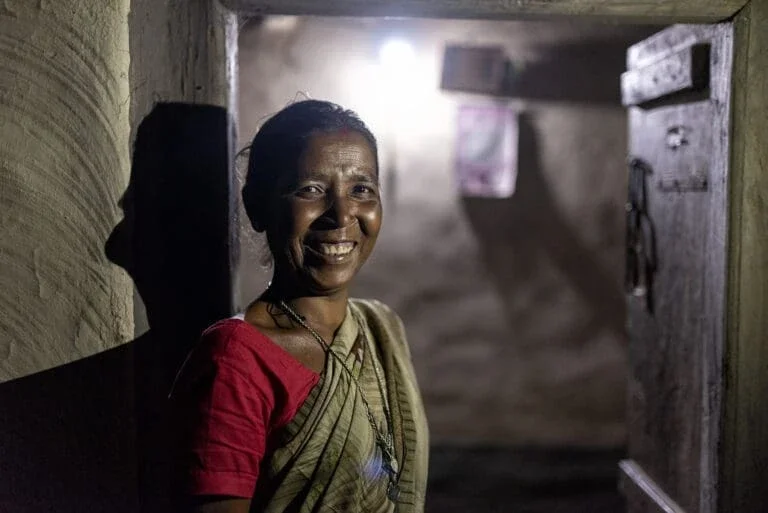
Connecting nearly a billion people to resilient, reliable, affordable electricity
Electricity is the key to modern life — with so many opportunities in work, education, health, and nutrition powered through an electric outlet. Yet around the world more than 700 million still lack access to reliable, affordable, resilient electricity. Starting more than 15 years ago, the Foundation has sought to leverage new technological breakthroughs to empower people and communities left behind — and that big bet continues today.
Read More